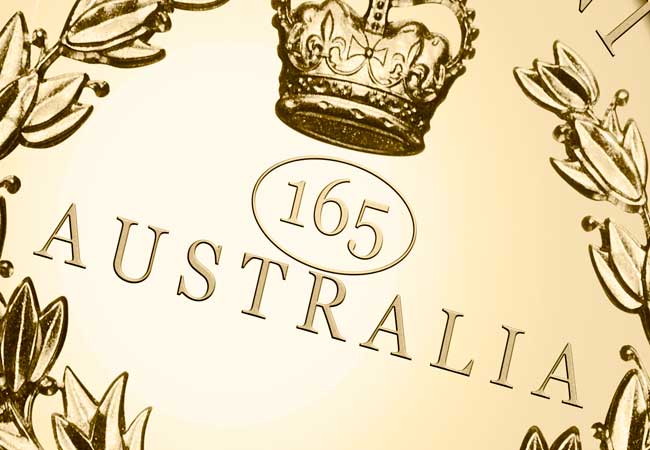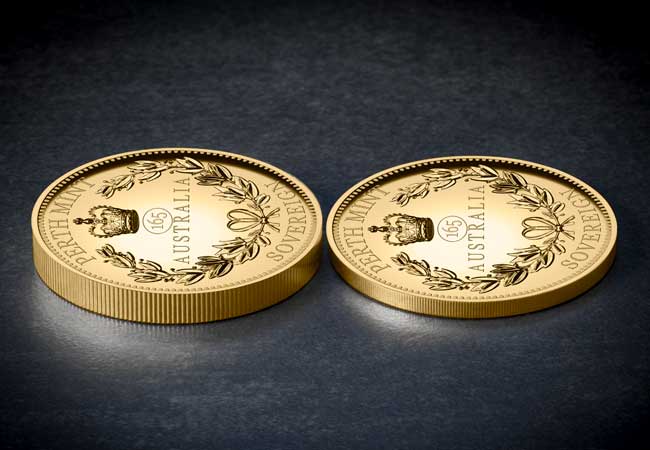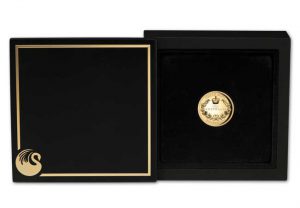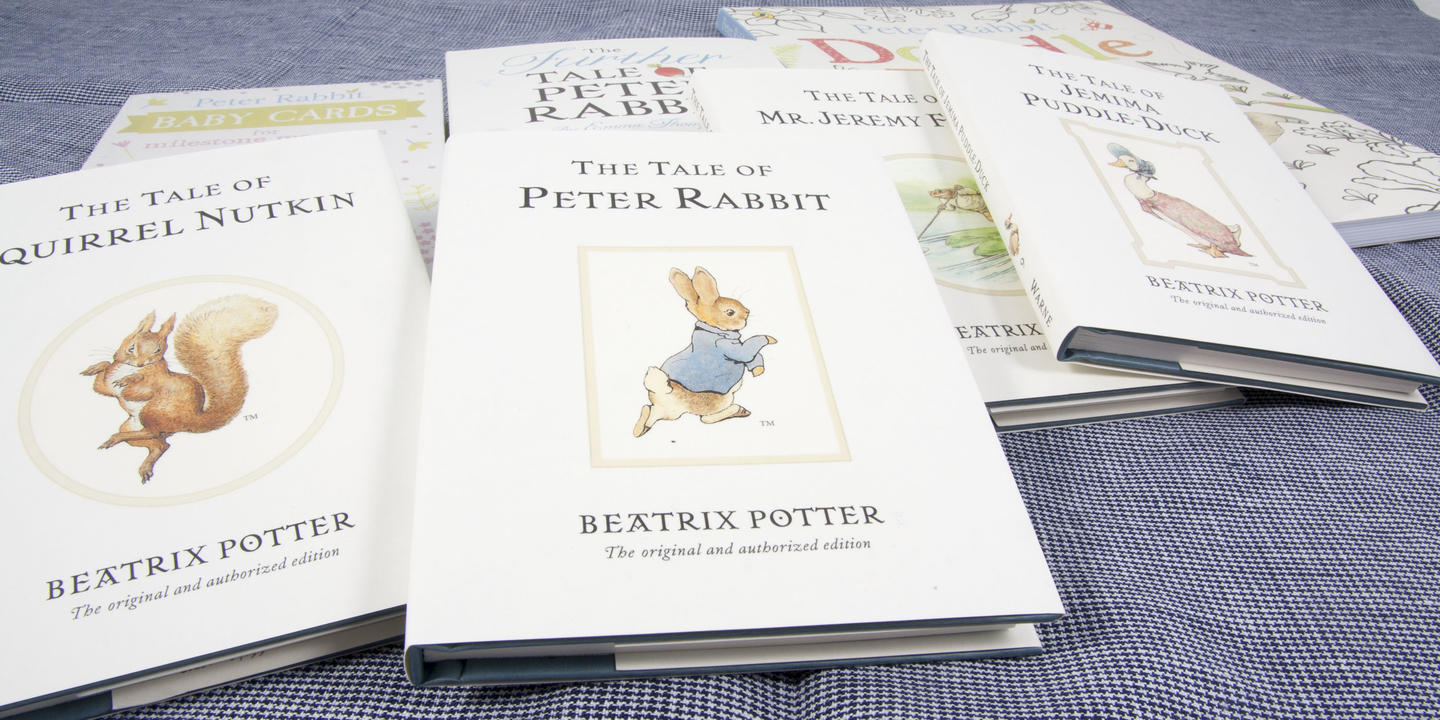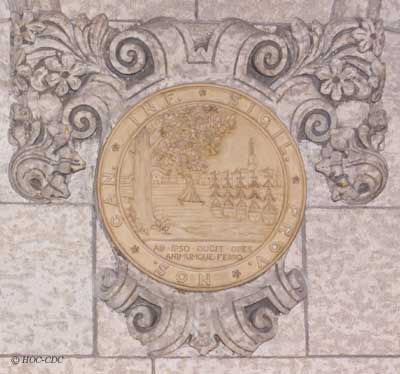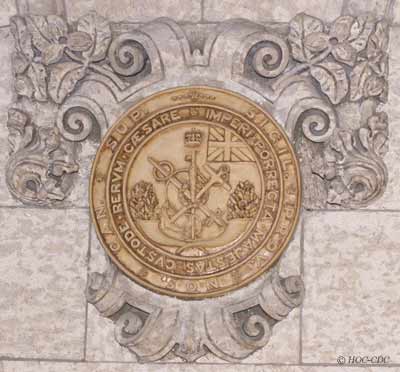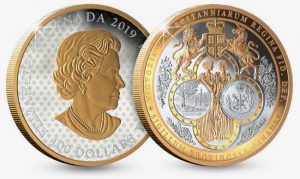Sell Outs
The most collectable Sovereign yet – Australia’s FIRST ever Piedfort Sovereign
The Gold Sovereign is undoubtedly one of the most famous gold coins in the world. It’s a classic piece of coinage that is coveted the world over and is highly sought after every year by thousands of collectors.
But have you heard of a Piedfort Sovereign? They’re incredibly rare and are some of the most highly sought-after issues I’ve ever seen – demand for the first UK Piedfort Sovereign was so high that it sold out within 24 hours!
Now, in its 165th year, the Perth Mint has created numismatic history by releasing the first ever Australian Piedfort Sovereign.
Crucially, there are three key reasons why this limited edition coin is set to be the most collectable and sought-after Sovereign ever issued…
1. It’s a piece of numismatic history
The Australian Sovereign is as close to a well-kept coin secret as you’re going to find. It’s been struck every year since 1855 to the same exact specification as the UK Sovereign.
Importantly, this is the very first time the Australian Sovereign has been struck to a Piedfort specification. This makes it a significant piece of numismatic history, as it is the first-of-its-kind to ever be struck.
But it’s not only the Piedfort specification that makes this coin historically significant. The classic Australian Sovereign design features a special one-year-only “165” privy mark, to mark the 165th anniversary of the first Australian Sovereign. The Sovereign is the ‘King of Coins’ so this superior issue couldn’t be a more fitting tribute.
These two facts alone make this issue incredibly desirable and will make it a priority for collectors in the future.
2. Superior, highly collectable specification
In the 12th century Piedforts were considered prestige pieces and ownership was often used to signify a person’s wealth and power. Today, Piedforts continue to be limited issues and striking of such pieces is reserved strictly for the most important events.
Struck on double thickness blanks, Piedforts are twice the weight and contain twice the amount of precious metal as their standard coin counterparts. They’re some of the finest examples of coin craftsmanship you’ll ever see.
What’s more, they have tiny edition limits and consequently fast sell-out rates. This makes them some of the most collectable coins around.
3. Sell-out all but guaranteed
I saved the most significant point for last. You see, when the very first UK Piedfort Sovereign was released in 2017, with an edition limit of 3,500, it completely sold out within 24 hours at the Mint.
Compare this to the very first Australian Piedfort Sovereign, with a worldwide edition limit of 350 coins. Yes, you read that correctly, JUST 350 single Australian Piedfort Sovereigns have been issued – that’s a mere TENTH of the number of UK Piedfort Sovereigns that sold out in 24 hours.
The high demand of Piedfort Sovereigns suggests that we are looking at a record-breaking sell-out.
If you’re interested…
As official Perth Mint distributors we have been fortunate to secure a limited number of these limited edition Sovereigns for UK collectors. Just 350 have been issued worldwide, making it ten times rarer than the first ever UK Piedfort Sovereign that sold out within 24 hours of release.
Considering that this coin is a numismatic ‘first’ very few will make their way out of Australia, meaning your chances of owning one are very limited. Don’t hesitate, click here for more information >>
The Tale of Peter Rabbit and the 50p
In recent years there’s one coin that has catapulted to the top of the must-have list for many collectors. Of course, I’m talking about the 50p.
And whilst the 50p has always had a place in collector’s hearts – it has after all featured some of the most sought-after designs of all-time, such as Kew Gardens – it wasn’t until Beatrix Potter’s mischievous, blue-coated bunny first appeared on a 50p that our love for the 7-sided coin really took off. And with it came a whole new dawn of collecting, and a new generation of collectors.
Our tale starts back in 2016…
150th Anniversary of Beatrix Potter
It all started with the milestone 150th anniversary of one of Britain’s most beloved children’s book authors – Beatrix Potter.
The Tale of Peter Rabbit was her very first children’s tale to be published, in 1902, and it was an instant success. Spurred on by this, and inspired by fairy tales and fantasy, Potter penned 23 original children’s books in total, featuring charming illustrations and imaginative animal characters.
What Beatrix Potter didn’t know at the time was that her lively illustrations would later prove to be the inspiration behind one of, if not the, most popular coin series ever released.
Peter Rabbit’s 50p Debut
In honour of Beatrix Potter and her legacy, the Royal Mint announced a 50p coin collection in 2016, featuring four of her characters, and a design paying tribute to the author herself.
The obvious starting place was with Beatrix Potter’s most famous creation – Peter Rabbit. Known for his cheeky escapades in Mr McGregor’s garden, Peter Rabbit featured in 6 of Beatrix Potter’s tales.
The 50p release of Peter Rabbit was special for several reasons:
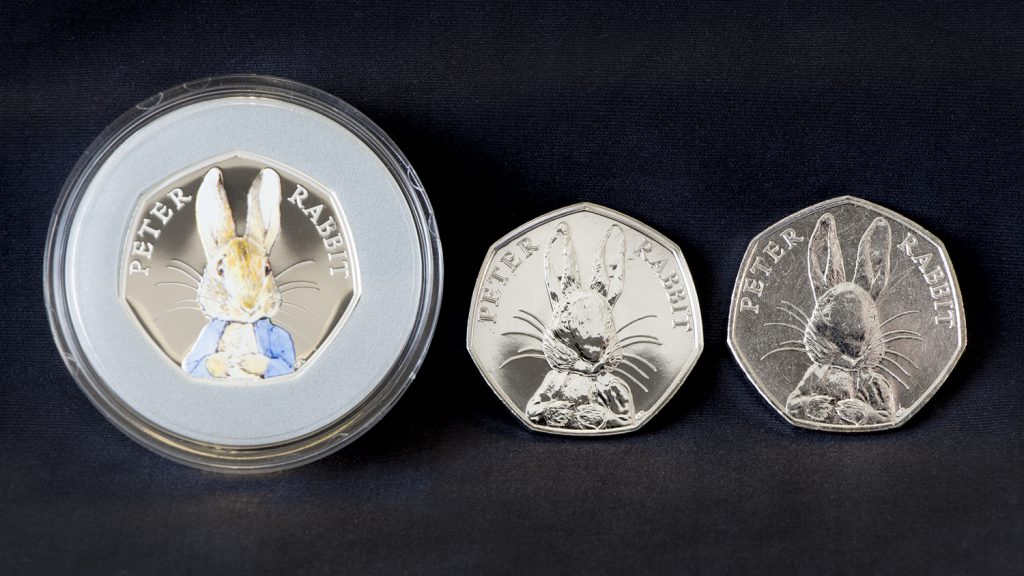
- First time a fictional, children’s book character had featured on a UK 50p – paving the way for future popular issues such as The Gruffalo, The Snowman and Paddington Bear.
- The Silver Proof version of the coin featured colour printed image for the very first time.
These two facts revolutionised 50p collecting, and our furry little friend Peter went from being a beloved literary character to a collecting sensation.
Start of the Collecting Storm
It’s safe to say that The Royal Mint created a collecting storm. The UK 2016 Peter Rabbit Silver 50p was so popular that by mid-morning on the day it was released, The Royal Mint’s website crashed under the sheer weight of public interest. Not long after, all 15,000 coins completely sold out.
But that was just the start.
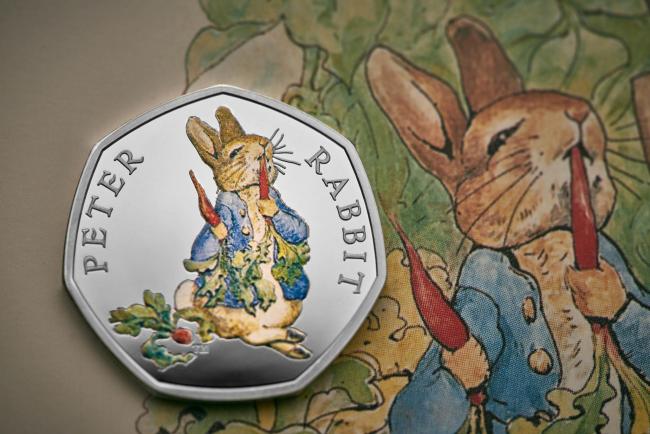
Peter Rabbit has now featured on five 50ps, and the collector response has continued to be unprecedented – his popularity is unrivalled. Even when the edition limit of the Silver Proof 50p more than doubled to 35,000 in 2018, it completely sold out!
In fact, the Silver Proof 50p has become the must-have specification and sell-outs mean it’s notoriously difficult for collectors looking to back-fill gaps in their collections – some issues are virtually impossible to come across now.
It’s become imperative for collectors to snap up Silver Proof 50ps when they can – as in some cases waiting even just a few hours could prove to be too late. Take the Gruffalo Silver 50p – it took a mere 12 hours for the entire edition limit of 25,000 to sell-out. That’s a record.
Last Ever UK Peter Rabbit 50p
All in all, there has been 15 Beatrix Potter 50ps issued since 2016, each one helping solidify the Beatrix Potter 50p series as one of, if not the, most collectable coin series we’ve ever seen.
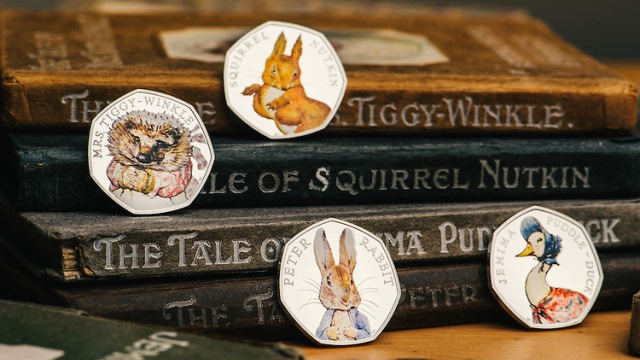
The coin collecting world was shook earlier this year when it was announced that 2020 would be the very last time Peter Rabbit would feature on a UK 50p coin.
Even though this may be the end of Peter Rabbit’s 50p journey, there’s no doubt that all the Beatrix Potter coins will continue to be highly desirable for years to come.
But this does now leave collectors wondering will the next collecting sensation be? Let us know your thoughts in the comments!
If you’re interested…
The LAST EVER UK Peter Rabbit Silver 50p was released earlier this year, and we’re lucky to have a limited number available. Expertly struck from .925 Silver to a proof finish, it features a coloured image of Peter Rabbit escaping from Mr McGregor’s garden – a classic Beatrix Potter illustration! This is a must-have for all Beatrix Potter fans and 50p collectors alike. Click here for more information >>
The Great Significance of Great Seals
Everyday we’re inundated with symbols and logos, and many of them pass us by. Be it on an advert at a bus stop, on our favourite brand of coffee, or even the Westminster Collection logo that was at the top of this blog. They’re everywhere. And even if we do pay attention to them, we don’t necessarily stop and think what it symbolises – I know I’m certainly guilty of this.
But there’s perhaps nothing quite as symbolic as a nation’s Great Seal – and they’re fascinating to boot! Great seals have been around since the Middle Ages, and typically feature a nation’s coat of arms or an allegorical image, as was common practice during this era to embody political entities like countries or provinces as a Grecian-style female figure.
In centuries when few people could read or write, the seal provided a pictorial expression of state approval which all could understand. They’re used as a guarantee of the most important and solemn records and documents, such as laws and treaties.
Generally speaking, the design of a Great Seal rarely changes, only after the ascension of a monarch. It is the one thing that connects all heads of state to their predecessors and those yet to come; an eternal bond.
But a delve into the Canadian archives shows us that the Great Seal of Canada has had several incarnations, and not just to mark a new head of state. Instead, each one marks a significant moment in Canadian history.
One of the most important iterations of the seal is the Great Seal of the Province that was used from 1841 to 1867. This seal is seen to mark one of the most important changes in Canada’s history – let’s take a look…
The Great Seal of the Province of Canada
In 1841 the two major British colonies of Lower and Upper Canada, now Quebec and Ontario respectively, were brought together under a single government and economy for the first time.
It was Canada’s first move toward responsible government and, according to the Canadian Encyclopaedia, was a “26-year experiment in Anglophone-Francophone political cooperation.”
Before the merger, Lower and Upper Canada had their own individual seals. To solidify the merge a new seal was created by placing the two existing seals side by side, held together by two allegorical figures with their arms around each other’s shoulders marking the unity of the two colonies.
To complete the design, the Royal Arms of the ruling monarch of the time, Queen Victoria, was incorporated over the top of the entire scene.
Steeped in symbolism
Importantly, every element in the detailed design was symbolic. Representing unity and Canada’s ties to Great Britain, some of the key elements include:
- Lower Canada seal: engraved by Thomas Major in 1793, it depicts a graceful oak tree on the bank of a river overlooking several ships at anchor, with a typical Quebecois town featuring a church steeple in the background.
- Upper Canada seal: originally designed in 1792 it features a peace-pipe crossed with a sword and an anchor, bound by an olive crown. The Union Jack is visible in the upper right-hand corner, alongside the royal crown.
- The royal arms of Queen Victoria: Victoria’s shield, held up by the lion (England) and the unicorn (Scotland).
- Two allegorical figures: two figures embrace each other with one hand while holding up the seals of Upper and Lower Canada with the other, symbolising the coming together of the colonies.
- Floral ornamentations: the seal is decorated throughout with the Scottish thistle, English rose, and Irish shamrock.
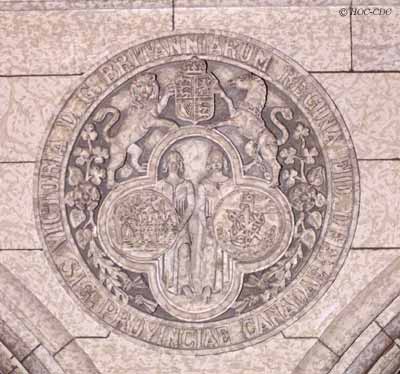
If there was any doubt as to how important this seal is and what it represents to Canada in terms of its history and heritage, then look no further than Canadian Parliament. Here you’ll find two original limestone carvings of the Great Seal of Province – a permanent reminder of the historic union of Lower and Upper Canada.
If you’re interested…
The Royal Canadian Mint is known for being fiercely proud of their country’s history, consequently their most significant issue of 2019 featured the Great Seal of the Province of Canada.
Expertly struck from ten full ounces of the finest .9999 silver with gold plating to a flawless proof finish this coin really has to be seen to be believed. And because of the impressive 76mm diameter you can appreciate every minute detail of the faithful reproduction of the Great Seal.
Just 900 coins were issued worldwide and it completely sold out at the Mint. We have a few of these masterful coins remaining, click here for more information >>


